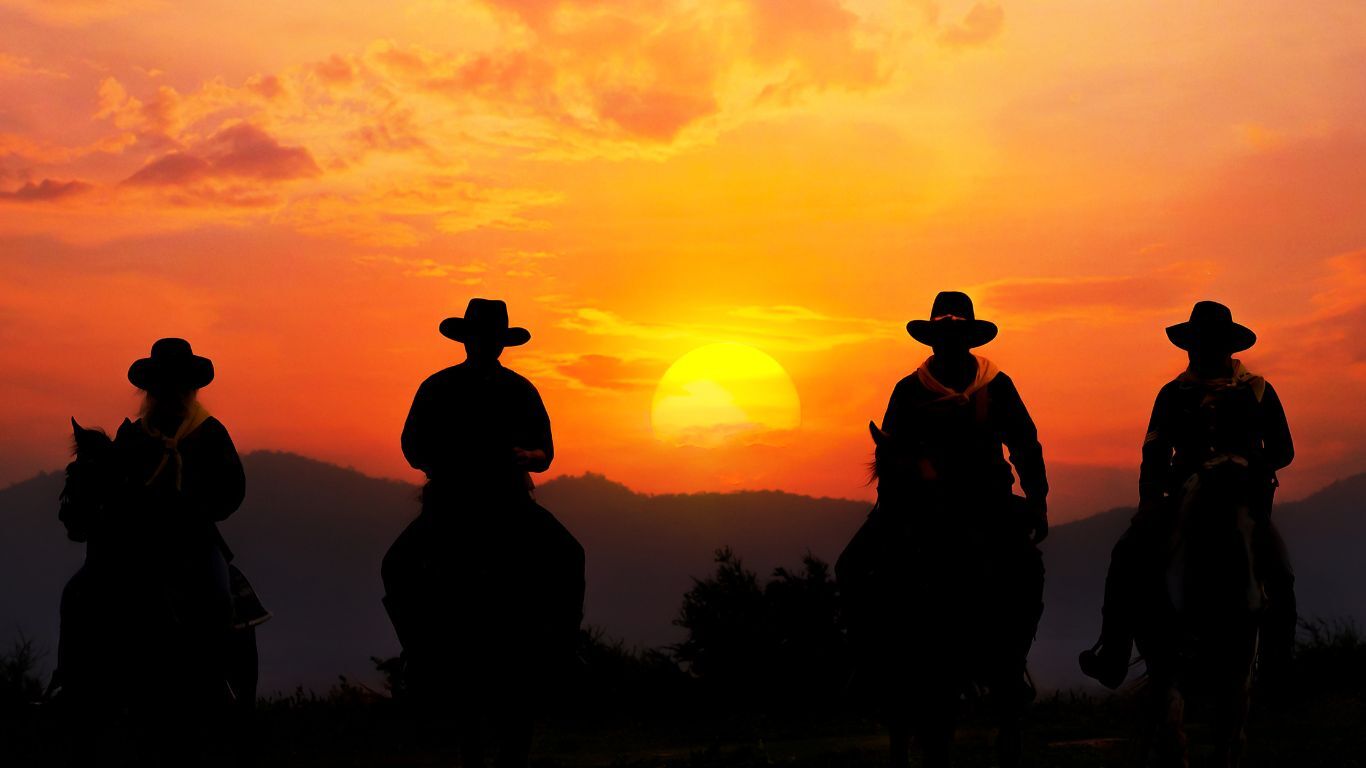History
 The Lineriders
The Lineriders
It wasn’t until October 27, 1873 when Joseph Glidden’s barbed wire invention was patented, that ranchers were able to gain unsupervised control on where their cattle roamed. The rest was history. Before the invention, the job of wrangling the cattle and keeping them in their respected territories required collective effort. Of all the jobs, one was lonelier than the rest. The ranchers built cabins around their properties and stationed a cowboy at each one.
This is where the story of the original Lineriders begins. Every day, rain or shine, wind or snow, the “Line Rider” would ride the property boundary to wrangle stray cattle. The cowboys would drive the cattle back across the property “line” in efforts to keep them off neighboring land. In the depths of winter, each day was a life and death struggle. Thankfully, petroleum was on the way to solve that issue. Oil reserves were being discovered across the Americas and pipelines were quickly flowing. With the invention of barbed wire and the rapid development of the oil fields, the winds were shifting. The world waits for no one. The Lineriders had to find a new calling.
A New Era
Grazing territories were quickly dotted with wells and crisscrossed with pipelines. The transition from cattlemen to the oil patch was a natural one. The lifestyle was similar, but a lot less lonely. Thankfully for them, this work was often done in groups. These pipeline gangs would ride the line on horseback and identify any issues.
These were the days of cast iron lines and limited understanding of corrosion. Leaks were common and the Lineriders of yesteryear would only be able to identify the lines from the surface. They would use a technique called “probing”. The crews would “probe” the ground with a piece of metal to feel for the pipe.
After locating the lines position with the probe, the Lineriders would dig up the pipeline by hand and make the necessary repairs. This was the first ever example of leak detection and repair (LDAR).
The “Line Riders” efforts in repairing the pipeline, unbeknownst to them, began the first movement in the oil and gas industry towards preserving the environment. Our goals today may be more expansive than theirs but our purpose unites us. The modern Lineriders still specialize in leak detection, but with techniques and equipment from science fiction that would amaze the Lineriders of yesteryear. The use of military grade infrared technology, combined with our non-flammable proprietary process, allows us to safely visualize emission sources.
The legend of the Lineriders was born.
Merriam-Webster defines a Linerider as:
noun
1
: a ranch employee who patrols boundaries, turning back stray cattle, repairing fences, and checking conditions (as of grazing or water supply)
2
: a worker who patrols along a petroleum pipeline to inspect and make minor repairs

